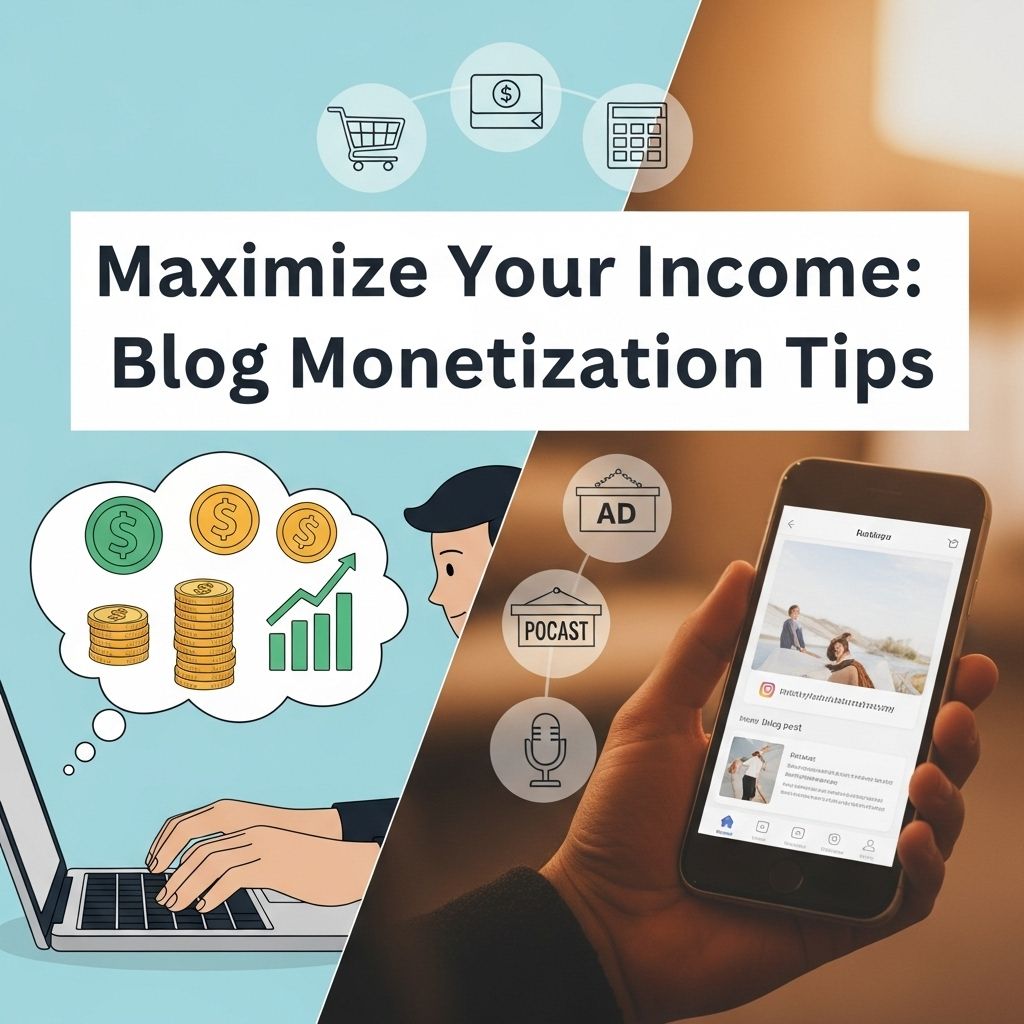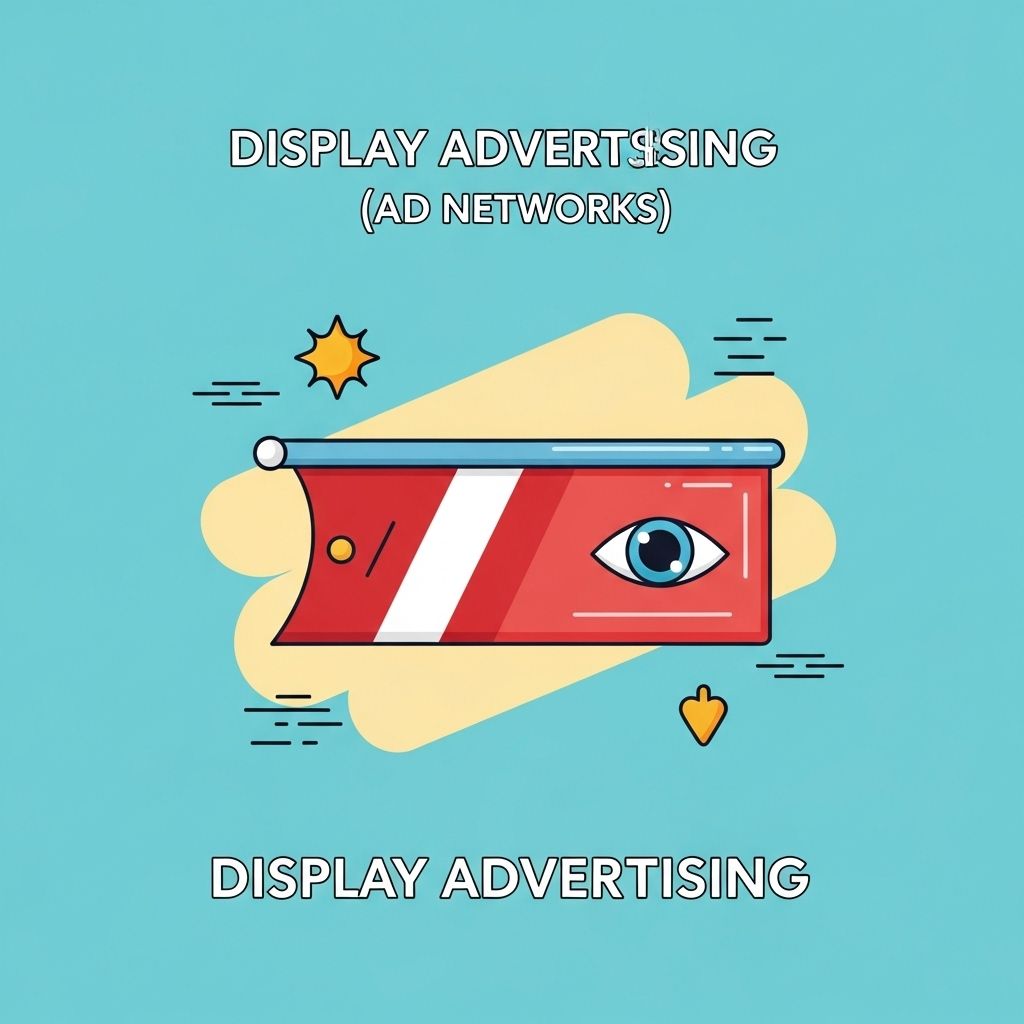Understanding Your Audience
Every successful blog starts with a deep understanding of the audience it seeks to engage. Knowing who you’re writing for helps tailor content that resonates. Start by researching your target demographics, interests, and online behavior. Create reader profiles to guide your content strategy, ensuring each post meets their needs and interests.
Understanding your audience’s needs goes beyond mere demographics. It involves delving into psychographics and understanding what motivates their choices. Ask questions like: What problems are they trying to solve? What are their aspirations and goals? By aligning your content with their core values and addressing their pain points, your blog becomes a valuable resource rather than just another content source.
- Analyze competitors: Examine successful blogs in your niche for insight. Look at the type of content that receives the most engagement and understand what differentiates them in the market.
- Engage with readers: Use comments and surveys to gather feedback. This interaction not only builds community but can also provide insights into new content ideas.
- Monitor analytics: Leverage tools like Google Analytics to understand what’s working. Track key metrics, such as bounce rates and session duration, to gauge the effectiveness of your engagement strategies.
Creating Compelling Content
In a sea of information, standing out requires compelling content. Focus on providing valuable, unique insights that your audience can’t find elsewhere. Combine well-researched information with engaging narratives to draw readers in and keep them coming back.
Quality content is at the heart of successful blogging. It’s about crafting posts that not only inform but also inspire action, foster discussions, or provide comfort. In every article, seek to plant a nugget of wisdom or a spark of creativity that compels the reader to return, share, and talk about your content.
- Use storytelling: Wrap your information in captivating stories to maintain interest. Stories create emotional connections, making facts more relatable and memorable.
- Stay on trend: Keep content relevant by addressing current issues and topics. Relate them back to your niche to make them accessible and engaging for your audience.
- Edit rigorously: Ensure your writing is clear, concise, and free of errors. A polished post not only reflects professionalism but also respects your readers’ time and attention.
Optimizing for Search Engines
Search Engine Optimization (SEO) is critical to driving traffic to your blog. By optimizing your posts, you increase their visibility to potential new readers. Focus on relevant keywords and ensure your site’s technical setup is user-friendly and fast.
Beyond keyword optimization, consider the user experience and technical aspects of your site. Fast loading times, mobile-friendliness, and intuitive navigation all contribute to lower bounce rates and higher reader satisfaction. These factors also play into search engine rankings, making them essential elements of a successful blog strategy.
- Keyword research: Identify terms your audience is searching for. Use tools like Google Keyword Planner to find relevant and high-ranking search terms.
- Use metadata: Include keywords in your titles and descriptions. This not only helps in search engine ranking but also increases click-through rates by matching your posts to the intentions behind search queries.
- Structure content: Use headings and subheadings for easy reading. This aids both in SEO by signaling to search engines the hierarchy and importance of your content and in keeping readers engaged throughout the post.
Building a Community Around Your Blog
Successful blogs often foster a sense of community among their readers. Interaction goes beyond just comments on posts; it includes social media engagement, newsletters, and even the potential of virtual meet-ups or webinars. By cultivating a community, you encourage loyal readership and networking opportunities, increasing the potential for collaborative projects and shared content promotion.
- Create a newsletter: Cultivate a list of subscribers interested in your content. Regular newsletters can provide exclusive content, updates, or direct personal stories.
- Host webinars: Engage with your audience through live sessions. This adds a personal touch and allows for real-time interaction and discussion.
Monetizing Your Blog
Monetizing a blog is a journey that pairs passion with strategic implementation. It begins with understanding your audience and aligning potential monetization strategies with their needs and interests.
Affiliate marketing is a common starting point, where you earn commission by promoting products related to your niche. Sponsored posts offer another income stream, allowing brands to leverage your platform to reach their customers. As your blog grows, consider offering premium content or services to further diversify income, creating e-books, online courses, and merchandise that resonate with your readers.
- Affiliate marketing: Partner with brands relevant to your audience. Provide genuine reviews and incorporate links naturally within your content.
- Sponsored posts: Collaborate with companies to create content that aligns with your blog’s themes and is valuable to both parties.
- Create premium content: Offer exclusive materials or insider information for a fee. This could include courses, webinars, or downloadable guides.
Consistently Growing Your Blog’s Audience
Audience growth is as much about strategy as it is about creating valuable content. Your efforts should focus on outreach, diversification of content platforms, and forming alliances within your industry.
- Engage on social media: Regularly post and interact with followers. Each channel is an opportunity to convert followers into readers and community members.
- Guest blogging: Write for other blogs to tap into new audiences. Ensure that content is relevant to their readers but also includes a clear link back to your blog.
- Network within your industry: Attend events, both online and offline, to increase visibility. Connecting with other bloggers and industry experts can lead to collaborative opportunities.
FAQ
How often should I post on my blog?
Consistency is key, but quality trumps quantity. Rather than posting daily, focus on a schedule that allows you to produce high-quality posts and engage effectively with your audience. This might mean once a week or a few times a month, depending on your resources and audience demand.
What tools can help improve my writing?
Consider tools like Grammarly for grammar checks and Hemingway for improving readability. These can help polish your posts for publication. Additionally, tools like Yoast SEO can guide you in optimizing your content for search engines, ensuring you’re hitting all the key areas from an SEO perspective.
How can I monetize my blog?
Start with affiliate marketing, sponsored posts, and offering premium content. Over time, explore creating products aligned with your niche. Remember, monetization should feel like a natural progression for both you and your audience, retaining authenticity and trust.
How do I grow my blog’s audience?
Engage on social media, participate in guest blogging, and network within your industry to expand your reach and attract loyal readers. Quality content creation combined with strategic audience outreach can compound over time, turning every new reader into a long-term subscriber.




